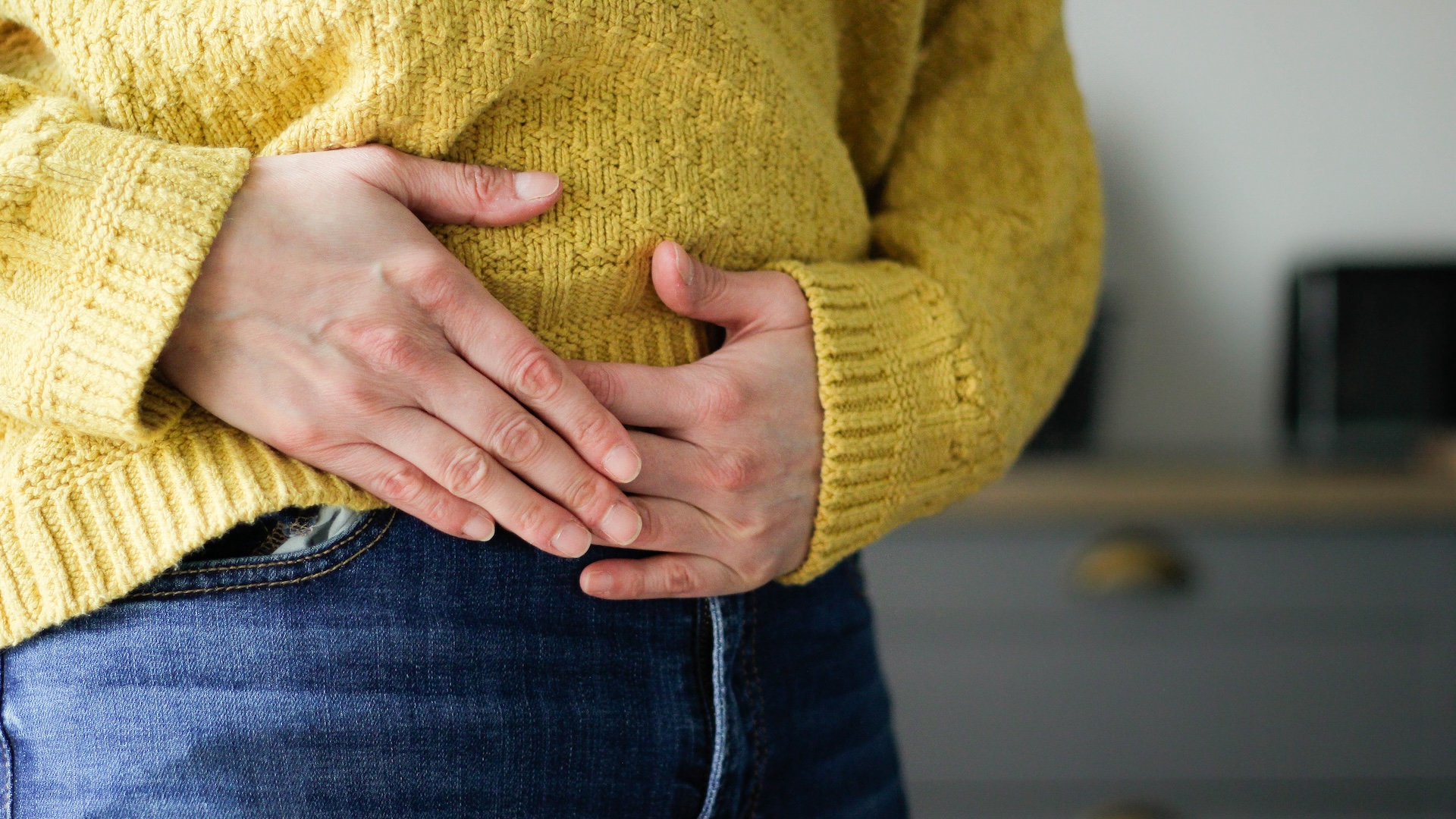Even Grown-Ups Need Security Blankets
When Kaitlin Lipe was 6 months old, someone gave her a Puffalump. The stuffed pink cow is more than two decades old now, but Lipe, 24, a social media manager in New York, can't part with Puff. She gets comfort wrapping her arms around the childhood toy without all the meowing that comes from her real cat or the sassy comments she might get from her boyfriend.
"She is a reminder of my childhood, has always been a comfort to me, and is in every way a symbol for the happier times in life," Lipe told LiveScience.
Lipe isn't alone in her affection for what psychologists call a "security" or "transitional" object. These are objects that people feel a bond with, despite the fact that the relationship is, by definition, one-sided.
And while it may not be the social norm for grown-ups to lug around teddy bears, adults regularly become attached to inanimate objects in a manner similar to a child's grip on a security blanket, researchers say.
Plush security
There are no precise numbers on how many people carry a love for their childhood blankie into adulthood, but a survey of 6,000 British adults by the hotel chain Travelodge in August found that 35 percent admitted to sleeping with stuffed animals.
The survey is perhaps not the most scientific, but the phenomenon of adults with security objects is "a lot more common than people realize," University of Bristol psychologist Bruce Hood told LiveScience. Hood has studied people's sentimental attachments to objects, and he said the studies never lack for participants.
Sign up for the Live Science daily newsletter now
Get the world’s most fascinating discoveries delivered straight to your inbox.
"We've had no problem finding adults, especially females, who have their child sentimental objects with them," Hood said.
A 1979 study by psychologist and security object expert Richard Passman, now retired from the University of Wisconsin at Milwaukee, found that around 60 percent of kids are attached to a toy, blanket, or pacifier during the first three years of life. Until kids reach school age, there is no gender difference in attachment, but girls tend to pull ahead around age 5 or 6, probably because of social pressure on boys to put away soft toys, Hood said.
Until the 1970s, psychologists believed that these attachments were bad, reflecting a failing by the child's mother.
But research by Passman and others began to contradict that notion. One study published in the Journal of Consulting and Clinical Psychology in 2000, for example, found that kids who had their beloved blankets with them at the doctor's office experienced less distress, as measured by blood pressure and heart rate. Apparently, security blankets really do live up to their name.
Even as the need for a security object fades, the attachment may linger. One small study of 230 middle-school students, published in the Journal of the American Academy of Child Psychiatry in 1986, found that while 21 percent of girls and 12 percent of boys still used their security object at age 13 or 14, 73 percent of the girls and 45 percent of the boys still knew where the object was.
The essence of an object
So why might grown-ups harbor affection for a ratty old blanket or well-worn stuffed dog? Part of the reason is probably nostalgia, Hood said, but there seems to be a deep emotional attachment to the objects as well.
It's called "essentialism," or the idea that objects are more than just their physical properties.
Consider: If someone offered to replace a cherished item, like your wedding ring, with an exact, indistinguishable replica, would you accept? Most people refuse, Hood said, because they believe there is something special about their particular ring. It's the same reason we might feel revulsion at wearing a shirt owned by a murderer. Objects are emotional.
Belief in essentialism starts early. In a 2007 study published in the journal Cognition, Hood and his colleagues told 3- to 6-year-old children that they could put their toys in a "copy box" that would exchange them for duplicates. The kids didn't care whether they played with originals or duplicates of most toys, but when offered the chance to duplicate their most cherished item, 25 percent refused. Most of those who did agree to duplicate their beloved toy wanted the original back right away, Hood reported. The kids had an emotional connection to that blanket, or that teddy bear, not one that looked just like it.
Even in adulthood, those emotions don't fade. In a study published in August 2010 in the Journal of Cognition and Culture, Hood and his fellow researchers asked people to cut up photographs of a cherished item. While the participants cut, the researchers recorded their galvanic skin response, a measure of tiny changes in sweat production on the skin. The more sweat, the more agitated the person.
The results showed that participants had a significant stress response to cutting up pictures of their beloved item compared with cutting up a picture of a valuable or neutral item. People even became distressed when researchers had them cut up a picture of their cherished item that was blurred past recognition.
Mine, mine, mine
Researchers know little about what's going on in the brain to bond us to certain objects. Hood is now using brain imaging to investigate what goes on when people watch videos of what looks like their cherished objects being destroyed.
However, studies on marketing and purchasing decisions suggest that our tendency to love objects goes beyond the soft and cuddly. [World's Cutest Baby Animals]
A 2008 study in the Journal of Judgment and Decision Making revealed that people who held onto a mug for 30 seconds before bidding for it in an auction offered an average of 83 cents more for it than people who held the mug for 10 seconds.
The effect is even greater when the item is fun to touch, said Suzanne Shu, a professor of behavioral sciences in the school of management at the University of California, Los Angeles. She's done studies finding that people get more attached to a pen with a "nice, smooshy grip" than an identical, gripless pen.
The findings seem to be an extension of what's called the "endowment effect," or people's tendency to value things more when they feel ownership over it, Shu said.
"Part of the story of what happens with touch is it almost becomes an extension of yourself," she said. "You feel like it's more a part of you, and you just have this deeper attachment to it."
Whether this touch-based attachment might relate to the love people feel for snuggly childhood teddy bears, no one yet knows. But human relationships to objects can certainly be long-running and deep.
"She's been there for me when I've been sick, when I've been lonely and when I really needed a hug and no one was around," Lipe said of her stuffed cow, citing the characters from Pixar's Toy Story movies: "She's the Woody and Buzz to my adulthood, really, a reminder of my past and definitely a connection to my family."

Stephanie Pappas is a contributing writer for Live Science, covering topics ranging from geoscience to archaeology to the human brain and behavior. She was previously a senior writer for Live Science but is now a freelancer based in Denver, Colorado, and regularly contributes to Scientific American and The Monitor, the monthly magazine of the American Psychological Association. Stephanie received a bachelor's degree in psychology from the University of South Carolina and a graduate certificate in science communication from the University of California, Santa Cruz.









